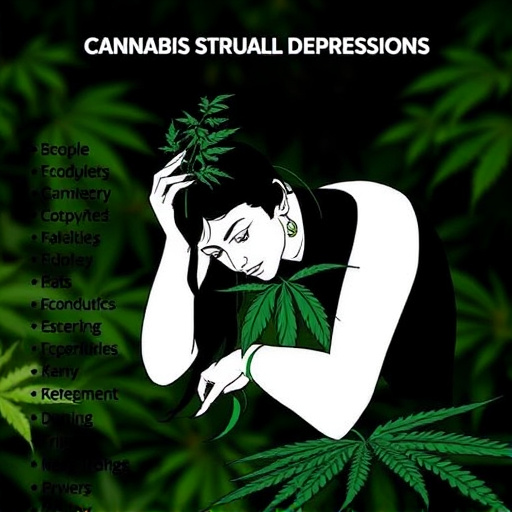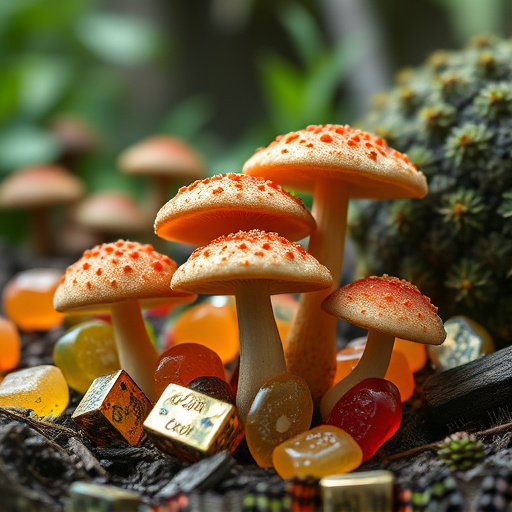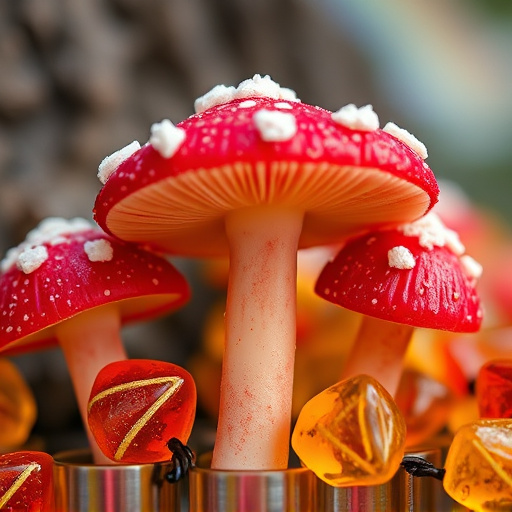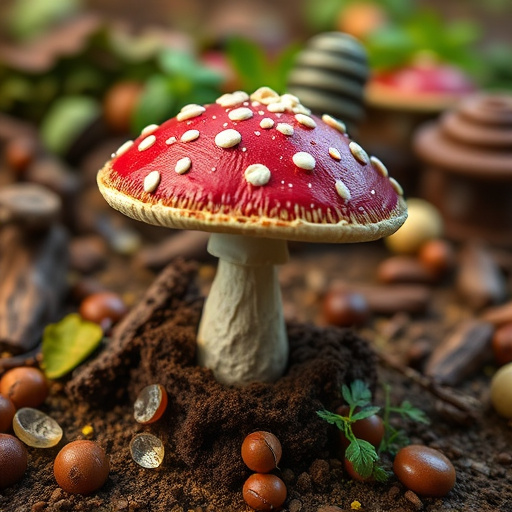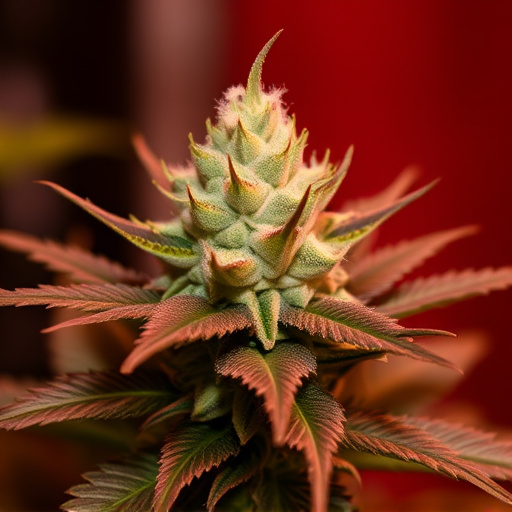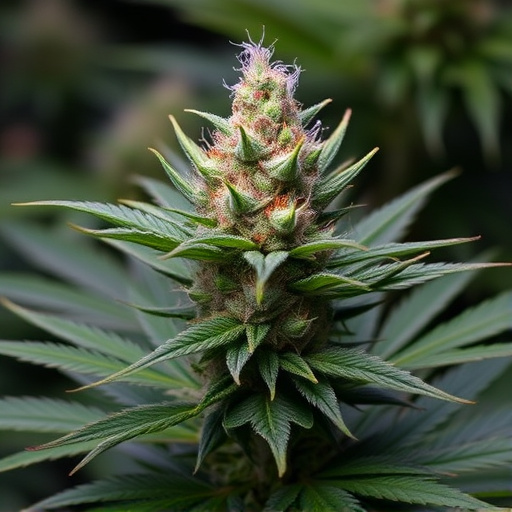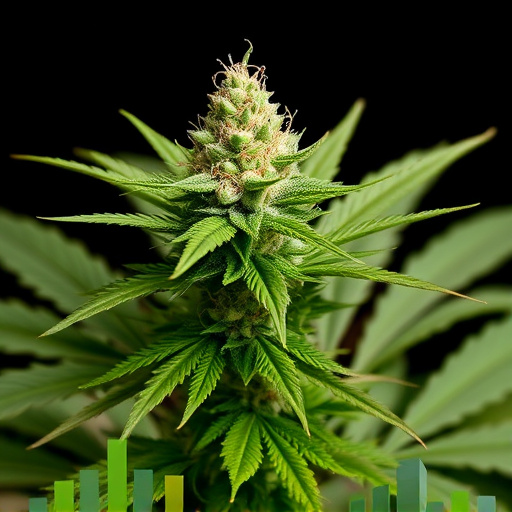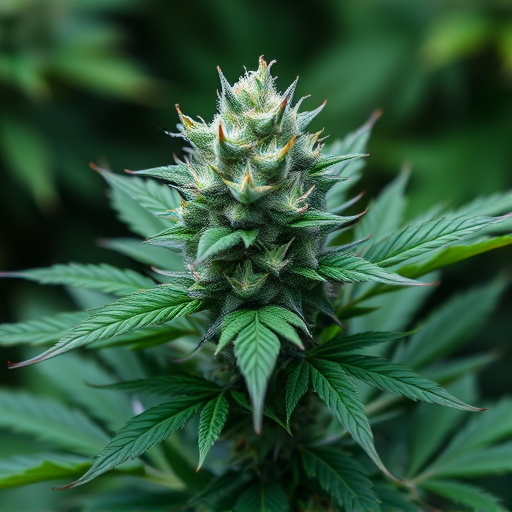Genetic variability significantly influences how individuals react to cannabis, as each person's unique genome determines their interaction with cannabinoids. Metabolic rates and CB1 receptor density contribute to varying sensitivities, even among users consuming the same strain. Environmental factors, mental health, and past experiences further shape one's cannabis experience. Understanding these dynamics is key when navigating best-selling cannabis strains available on the market.
Discover why the same weed strain can have varying effects on individuals. Despite popular belief, cannabis doesn’t impact everyone in the same way. This is due to a complex interplay of genetic variability, where DNA influences sensitivity, and individual metabolism, affecting THC processing. Environmental factors, such as setting and expectations, also play a role. Explore these dynamics to understand why some find relaxation in best-selling cannabis strains while others experience different outcomes.
- Genetic Variability and Cannabis Sensitivity
- Individual Metabolism and THC Processing
- Environmental Factors and Personal Experience
Genetic Variability and Cannabis Sensitivity

The way cannabis affects individuals can vary greatly, and one significant factor behind this is genetic variability. Each person’s genome contains unique instructions that influence how their body interacts with cannabinoids, the active compounds in cannabis. This genetic diversity results in differing sensitivities to cannabis, leading to varied experiences and effects. For instance, some people may have a higher density of CB1 receptors—the primary target for THC (tetrahydrocannabinol), the key psychoactive compound in cannabis—in certain brain regions, making them more susceptible to its psychotic effects.
Moreover, genetic predispositions can affect metabolism. Some individuals metabolize THC and other cannabinoids faster or slower than others, which can impact the duration and intensity of the high. This variability is why even among the best-selling cannabis strains, users may have notably different reactions. Strains known for their high CBD (cannabidiol) content might be particularly appealing to those with a genetic predisposition towards lower anxiety levels, while others may find more pleasure in strains rich in THC.
Individual Metabolism and THC Processing

Every individual’s body processes cannabis differently, and one of the primary factors is metabolism. Our bodies produce enzymes that break down tetrahydrocannabinol (THC), the primary psychoactive compound in cannabis, into various metabolites. This process varies from person to person, leading to unique experiences when consuming the same strain. For instance, those with faster metabolisms may clear THC more rapidly, resulting in a shorter-lasting high compared to individuals with slower metabolic rates.
The variation in metabolism is particularly relevant when considering the impact of different cannabis strains known as best-selling varieties. These popular strains often contain varying levels of THC and other cannabinoids, which can influence how an individual perceives their effects. For example, a strain with a higher THC content might produce more pronounced psychological effects for someone with a slower metabolism, while someone with a faster metabolism may experience less intensity despite consuming the same amount due to efficient THC processing.
Environmental Factors and Personal Experience
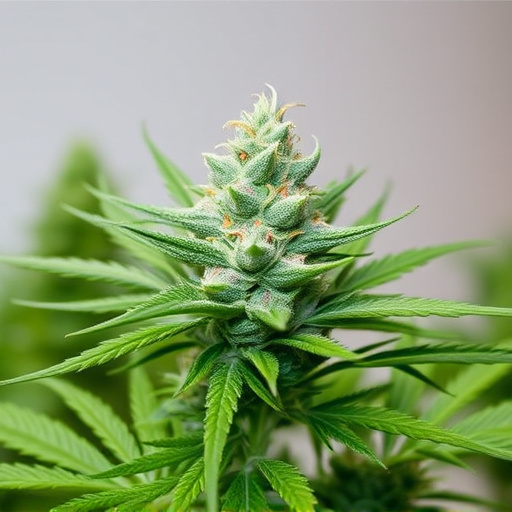
The effects of weed can vary greatly from person to person, and one significant aspect that influences this is environmental factors. The setting in which an individual consumes cannabis can play a crucial role in how they perceive and experience its impacts. For instance, a peaceful outdoor setting might induce a calming, relaxing effect, enhancing the enjoyment of popular best-selling cannabis strains like Blue Dream or Girl Scout Cookies. In contrast, consuming weed in a noisy, chaotic environment could lead to heightened anxiety or paranoia, especially for those new to the substance.
Personal experiences and preferences also contribute to these disparities. Factors such as one’s mental health, stress levels, and past traumatic experiences can shape how cannabis affects them. An individual with a history of anxiety disorders, for example, might find that certain strains, even those renowned for their relaxing properties, inadvertently increase their unease. Conversely, someone with a positive association with nature could be more susceptible to the calming effects of outdoor consumption, making the experience even more profound.
Cannabis’ impact on individuals varies greatly, influenced by a complex interplay of genetic makeup, metabolism, and environmental context. Understanding these factors is key to appreciating why the same strain can produce differing effects in users. By recognizing these variables, consumers can make more informed choices when selecting from the best-selling cannabis strains, ensuring a safer and more enjoyable experience tailored to their unique sensitivities.
